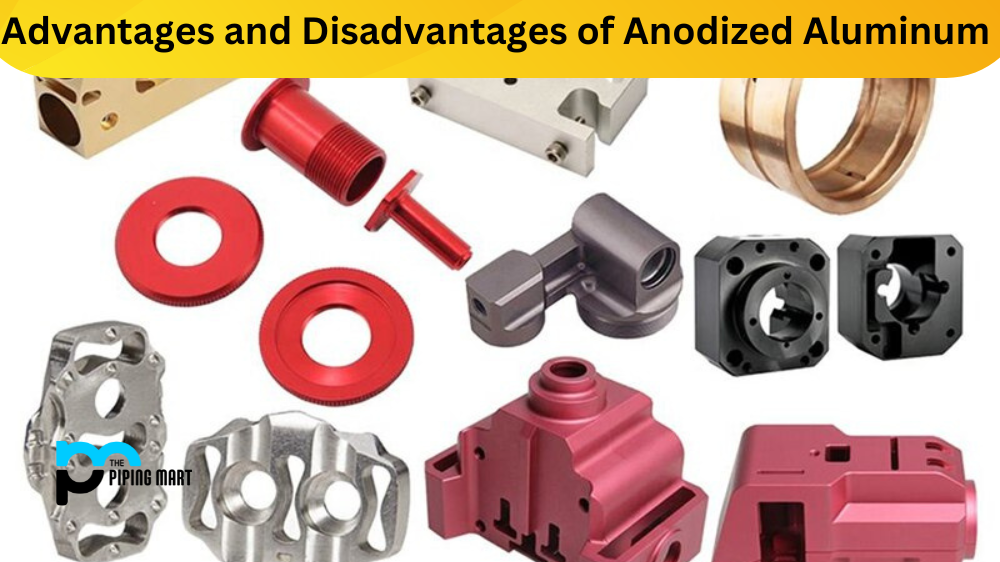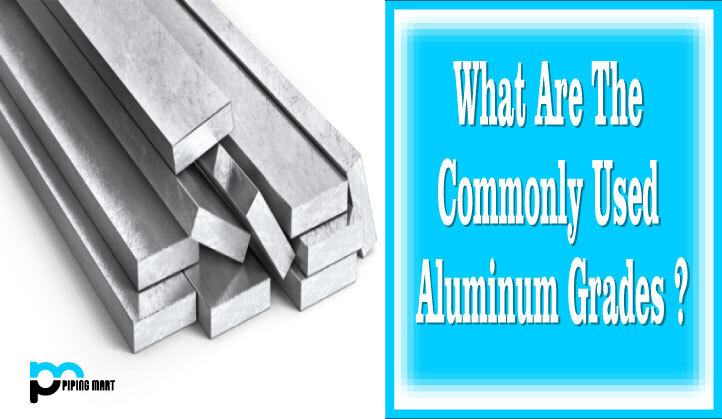Anodized aluminium is a type of coating often used to increase the durability and corrosion resistance of the metal. This process involves immersing the aluminium in an electrolytic solution and applying an electrical current to it, which causes the metal to oxidize and form a layer of oxide on its surface. While there are many advantages to anodized aluminium, there are also some potential disadvantages that you should be aware of. In this blog post, we’ll look at the pros and cons of anodized aluminium to help you decide whether it’s the right material for your project.
Advantages of Anodized Aluminum
Increased Durability
One of the biggest advantages of anodized aluminium is that it is much more durable than untreated aluminium. Anodizing creates a hard, protective layer on the surface of the metal that is resistant to scratches, dents, and other types of damage. This makes anodized aluminium ideal for use in environments where it may be exposed to rough handling, harsh chemicals, or extreme temperatures.
Corrosion Resistance
Anodized aluminium is also much more resistant to corrosion than untreated aluminium. The oxide layer on the surface of the metal is resistant to both water and air, which means that anodized aluminium is less likely to rust or deteriorate over time. This makes it a great choice for outdoor applications exposed to moisture and other environmental elements.
Aesthetically Pleasing
Because anodized aluminium can be dyed in various colours, it is ideal for aesthetic applications where appearance matters. Anodized aluminium has a smooth, uniform finish that looks polished and professional. It also resists fading and discolouration over time, meaning it will look great for years.
Disadvantages of Anodized Aluminum
More Expensive
One of the biggest disadvantages of anodized aluminium is that it is generally more expensive than untreated aluminium. The anodizing process is time-consuming and labour-intensive, which means that the cost of anodized aluminium can be significantly higher than raw aluminium. If cost is a major factor in your decision, untreated aluminium may be better.
Limited Thickness
Another potential disadvantage of anodized aluminium is that the thickness of the oxide layer is limited. While anodized aluminium is much more durable and corrosion-resistant than untreated aluminium, the oxide layer is relatively thin. This means the metal may not be as resistant to certain types of damage as other materials, such as stainless steel.
Difficult to Weld
Anodized aluminium can also be more difficult to weld than untreated aluminium. Because the oxide layer on the surface of the metal is not conductive, it can interfere with the welding process. This means special techniques and equipment may be required to weld anodized aluminium. If welding is crucial to your project, consider using untreated aluminium instead.
Conclusion
Overall, anodized aluminium is a great choice for applications where durability, corrosion resistance, and appearance matter. However, it is also more expensive than untreated aluminium and can be more difficult to weld. If you’re considering anodized aluminium for your project, it’s important to carefully weigh the pros and cons before making a final decision. By understanding the benefits and limitations of anodized aluminium, you can make an informed decision that best meets your needs.

Hey, I’m Krutik, a casual blogger expert in the metal industry. I am passionate about providing valuable information to my readers. With a background in engineering and construction, I like playing Cricket & watching Netflix shows in my free time. Thank you for visiting my blog, and I hope you find my information helpful!




